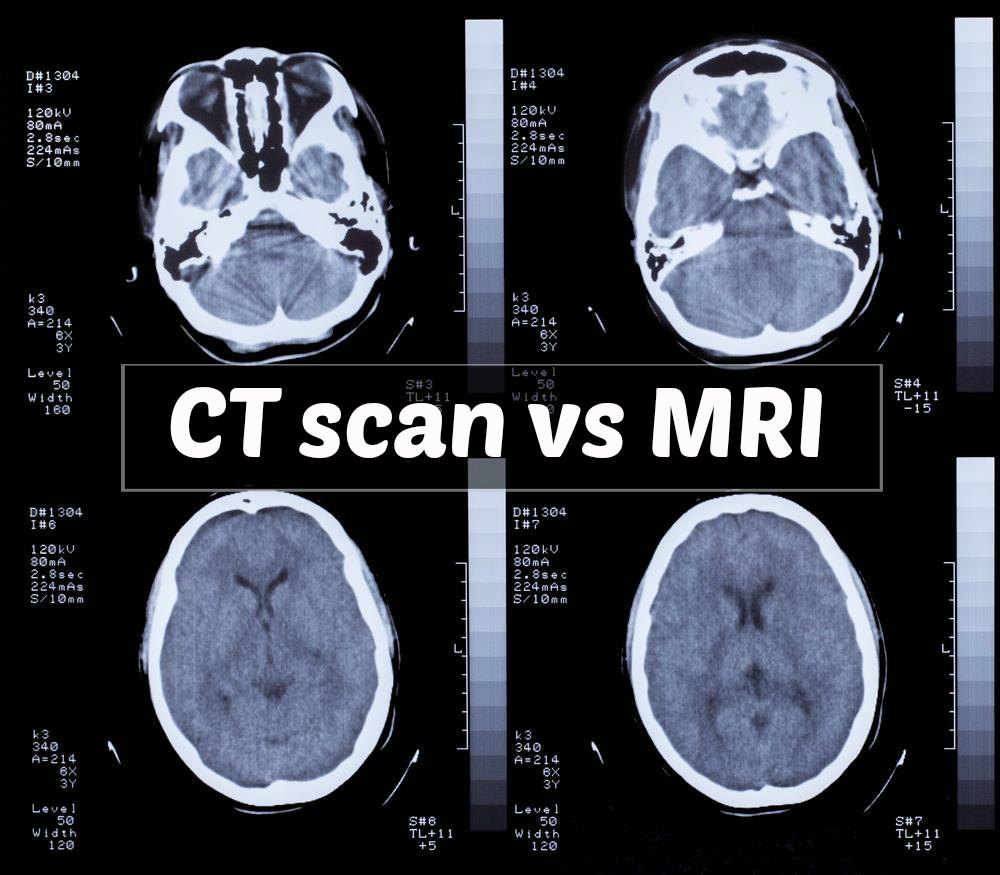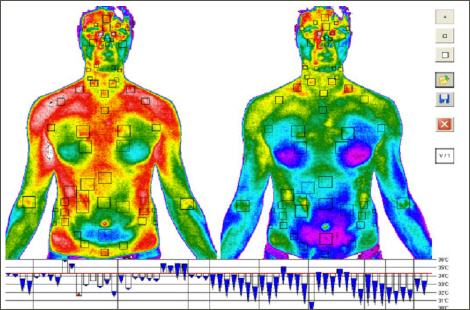- 3D medical imaging is a revolutionary optical imaging technology that provides an enriched image of the interior body for medical analysis by utilizing 3D imaging modalities. ... 3D medical imaging provides enhanced images of blood vessels and better images of bones.
- 3D medical imaging processing refers to handling images by using the computer. This processing includes many types of techniques and operations such as image gaining, storage, presentation, and communication.
- 3D medical imaging segmentation Software is the task of segmenting medical objects of interest from 3D medical imaging.
For a better comprehension of Medical 3D Imaging ecosystem, we need to get a handle of following aspects:
- Medical 3D Imaging DEVICES
- Medical 3D Imaging (hardware players) VENDORS
- Medical 3D Imaging SOFTWARES
- Medical Imaging Stoarge & Exchnage protocol / Standard (DICOM)
- Medical 3D Imaging DATASET formats
- Medical 3D Imaging DATASET Handling/ PRE-PROCESSING PYTHON Libraries
Mediacal Images comes from various Medical 3D Imaging Devices; & are generally, stored, exchanged / transmissted as DICOM images.
- MRI Scan (magnetic resonance imaging)
- CT Scan (computed tomography)
- Xray Scans
- PET Scan (positron emission topography)
- PET/CT or PET/MRI Scans
- Microscopy Images
- InfraRed Images
- HD Video Camera Recordeers for Medical Pre/Intra/Post 'Operative Procedures'
- Philips Healthcare
- Siemens Healthineers AG
- GE Healthcare Inc.
- Hitachi Medical Corporation
- Carestream Health Inc.
- 3D Rendering Software
- 3D Scanning Software
- 3D Modelling Software
Example - A popular 3D Imaging Software,Used by large community of Doctors & Scientific Researchers, for medical imaging and 3D visualization applications: 3D-DOCTOR by ABLE Software - VECTOR-BASED 3D IMAGING, MODELING AND MEASUREMENT (AND RASTER TO VECTOR CONVERSION) SOFTWARE for MRI, CT, PET, microscopy,3D-Doctor Screen Shot scientific, and industrial 3D imaging applications. - 3D-DOCTOR creates 3D surface models and volume rendering from 2D cross-section images in real time on Doctor's PC. - Supports both grayscale and color images stored in DICOM, TIFF, Interfile, GIF, JPEG, PNG, BMP, PGM, RAW or other image file formats.
**3D Medical Imaging (Vantage View)**
DICOM Images:Digital Imaging and Communications in Medicine: The standard for (& most commonly used for)
- communication and management of medical imaging information and related data.
- storing and transmitting medical images enabling the integration of medical imaging devices such as scanners, servers, workstations, printers, network hardware, and picture archiving and communication systems (PACS) from multiple manufacturers.
- widely adopted by hospitals and is making inroads into smaller applications like dentists' and doctors' offices.
-
File Format — All patient medical images are saved in the DICOM file format. This format has PHI (protected health information) about the patient such as — name, sex, age in addition to other image related data such as equipment used to capture the image and some context to the medical treatment. Medical Imaging Equipments create DICOM files.
-
DICOM Viewer: Doctors use DICOM Viewers, computer software applications that can display DICOM images, read and to diagnose the findings in the images. A useful DICOM viewer for Windows users - Mango
-
Communications Protocol — The DICOM communication protocol is used to search for imaging studies in the archive and restore imaging studies to the workstation in order to display it. All medical imaging applications that are connected to the hospital network use the DICOM protocol to exchange information, mainly DICOM images but also patient and procedure information. There are also more advanced network commands that are used to control and follow the treatment, schedule procedures, report statuses and share the workload between doctors and imaging devices.
Image file format is often a confusing aspect for someone wishing to process medical images.
A medical image data set consists typically of
- one or more images representing the projection of an anatomical volume onto an image plane (projection or planar imaging),
- a series of images representing thin slices through a volume (tomographic or multislice two-dimensional imaging),
- a set of data from
- a volume (volume or three-dimensional imaging), or
- multiple acquisition of the same tomographic or
- volume image over time to produce a dynamic series of acquisitions (four-dimensional imaging).
The file format describes how the image data are organized inside the image file and how the pixel data should be interpreted by a software for the correct loading and visualization.
- Data file extensions for MRI/CT/X-Ray scan
- .dcm - DICOM
- .nii (Neuroimaging Informatics Technology Initiative (Nifti))
- .mnc (Minc)
- .img and .hdr (Analyze)
P.S.:
| # | Format | Header | Extension |
|---|---|---|---|
| 1 | DICOM | Variable length binary format | .dcm |
| 2 | Nifti | Fixed-length: 352 byte binary format | .nii |
| 3 | Minc | Extensible binary format | .mnc |
| 4 | Analyze | Fixed-length: 348 byte binary format | .img and .hdr |
Reference: Data file extensions
Python library that handle MRI/CT Scan/X-Ray imaging data
- pydicom - A very popular python package used for analyzing DICOM images.
- MedPy - Another populat python library
Python libraries to handle Infrared images
pip install pydicom
pip install pydicom medpy nibabel
pip install pyradi spectral rampy- How to manipulate and vectorize data
- Video tutorial on such data can be found here
- Simple vectorization process for dicom images
Magnetic Resonance Imaging (MRI) is the most common diagnostic tool brain tumors due primarily to it's noninvasive nature and ability to image diverse tissue types and physiological processes. MRI uses a magnetic gradient and radio frequency pulses to take repetitive axial slices of the brain and construct a 3-dimensional representation. Each brain scan 155 slices, with each pixel representing a 1mm3 voxel.
A computerized tomography scan (CT or CAT scan) uses computers and rotating X-ray machines to create cross-sectional images of the body. These images provide more detailed information than normal X-ray images. They can show the soft tissues, blood vessels, and bones in various parts of the body. (Read more...)
MRI/CT-Scan/X-rays pre-processing (code)
One of the challenges in working with MRI/CT-Scan/X-rays data is dealing with the artifacts produced either by inhomogeneity in the magnetic field or small movements made by the patient during scan time. Oftentimes a bias will be present across the resulting scans, which can effect the segmentation results particularly in the setting of computer-based models.
In infrared photography, the film or image sensor used is sensitive to infrared light. The part of the spectrum used is referred to as near-infrared to distinguish it from far-infrared, which is the domain of thermal imaging. Wavelengths used for photography range from about 700 nm to about 900 nm. Film is usually sensitive to visible light too, so an infrared-passing filter is used; this lets infrared (IR) light pass through to the camera, but blocks all or most of the visible light spectrum
Please refer to the following link for Market-specific growth opportunities in global 3D medical imaging market
Global 3D medical imaging market was valued over USD 6.5 Billion in 2018 and is projected to be worth nearly USD 12.6 Billion expanding at a CAGR of 9.8% from 2019 to 2025.
One of the prominent Data Source with proper labeling - Brain Tumor MRI Dataset: 2015 MICCAI BraTS Challenge Data Science Bowl
Convolutional Neural Network is a neural network consists of convolutional layer, pooling layer (max pooling or average pooling but max pooling is preferable), fully connected layer and at last a softmax pooling







